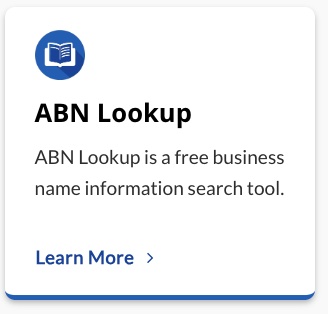The robotics field has seen rapid advancement in recent years, undoubtedly. However, if you’ve been paying close attention, you might have noticed that despite all the progress, robots still don’t interact with humans in quite the same seamless, effortless way a human would interact with another human. There’s a reason for this: the need for a common understanding or shared perception between humans and robots.
Firstly, let’s look at how human beings interact with each other. They rely on their shared perception, meaning they see the world in quite similar ways, draw on common experiences, and use the same symbols and language to communicate. This shared understanding allows interactions to flow naturally. However, when it comes to human-robot interactions, this shared perception is absent.
Human beings and robots look at the world in drastically different ways. For a robot, understanding the world means processing its inputs – like camera images or sensor readings – into actions. Unlike humans, robots don’t naturally grasp context or the meaning behind objects and actions.
By now, you might have understood why shared perception is the missing puzzle piece in human-robot interactions. Without it, robots can’t fully understand or predict human behaviour, which is crucial to make interactions smooth and natural.
But, don’t feel disheartened because this challenge isn’t impossible to conquer. A lot of brainiacs all over the world are already developing possible solutions to foster shared perception in robots. One such approach is called “symbol grounding”. In simple terms, it refers to connecting symbols (words, gestures etc.) to the objects or actions they represent. Through this, it’s hoped that robots will be better at interacting with humans in a more meaningful and natural way.
In fact, some bright minds are also considering using artificial intelligence to achieve shared perception in robots. By using AI, robots could be taught to use their sensors and software to comprehend the world in a way that’s more similar to how humans do.
So, there you go. While humans and robots might see the world differently now, don’t lose hope. Because with the combined power of science, technology and innovative thinking, there’s a high chance that one day, robots will very much comprehend our world just like we do and interact with us as smoothly and naturally as if they were human. It will take some time for sure, but the possibility surely exists!
Register your new business name at register.biz.au


